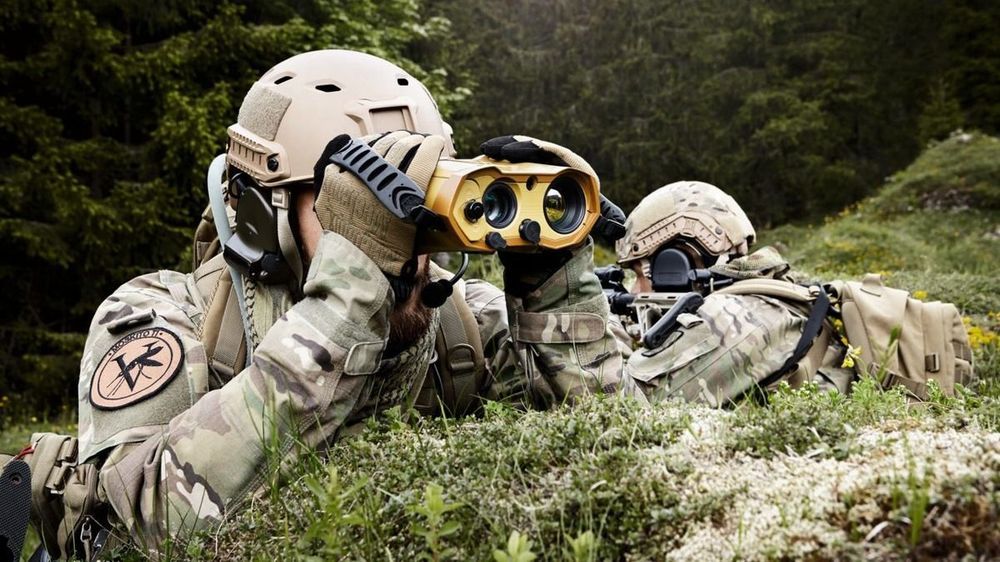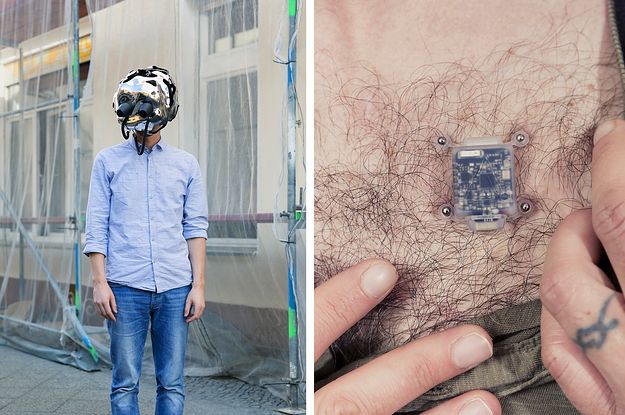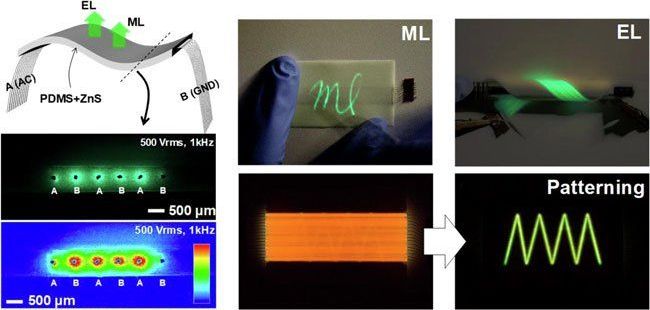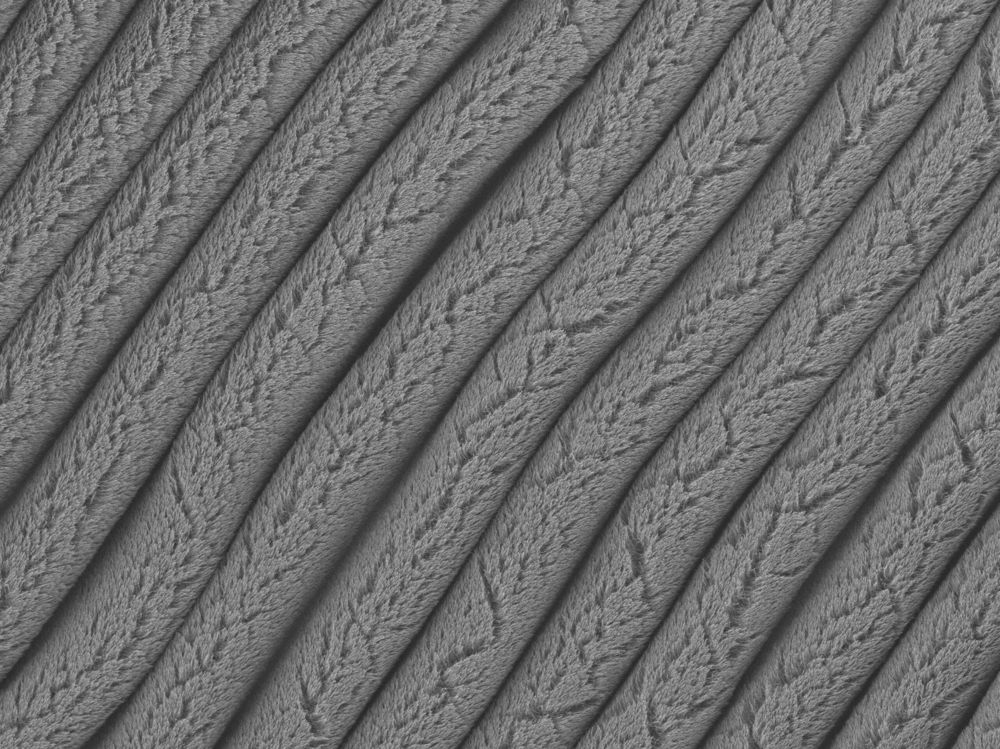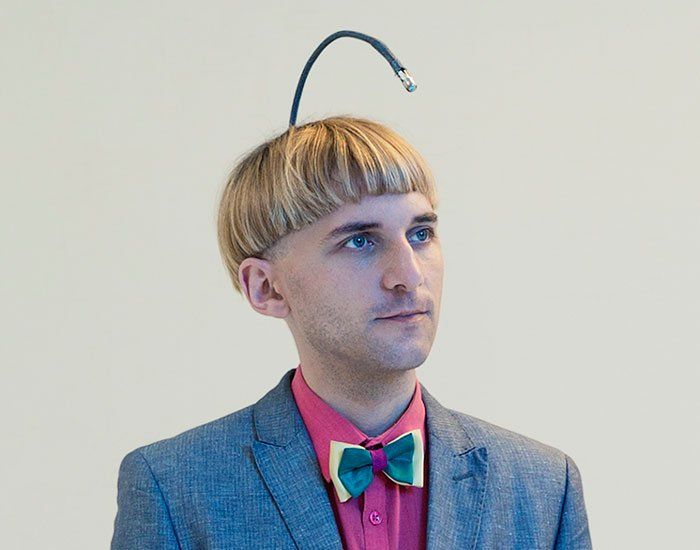Apr 29, 2020
Conduct-A-Bot system uses muscle signals to enable more natural human-robot communication
Posted by Saúl Morales Rodriguéz in categories: robotics/AI, wearables
Albert Einstein famously postulated that “the only real valuable thing is intuition,” arguably one of the most important keys to understanding intention and communication.
But intuitiveness is hard to teach—especially to a machine. Looking to improve this, a team from MIT’s Computer Science and Artificial Intelligence Laboratory (CSAIL) came up with a method that dials us closer to more seamless human–robot collaboration. The system, called “Conduct-A-Bot,” uses human muscle signals from wearable sensors to pilot a robot’s movement.


